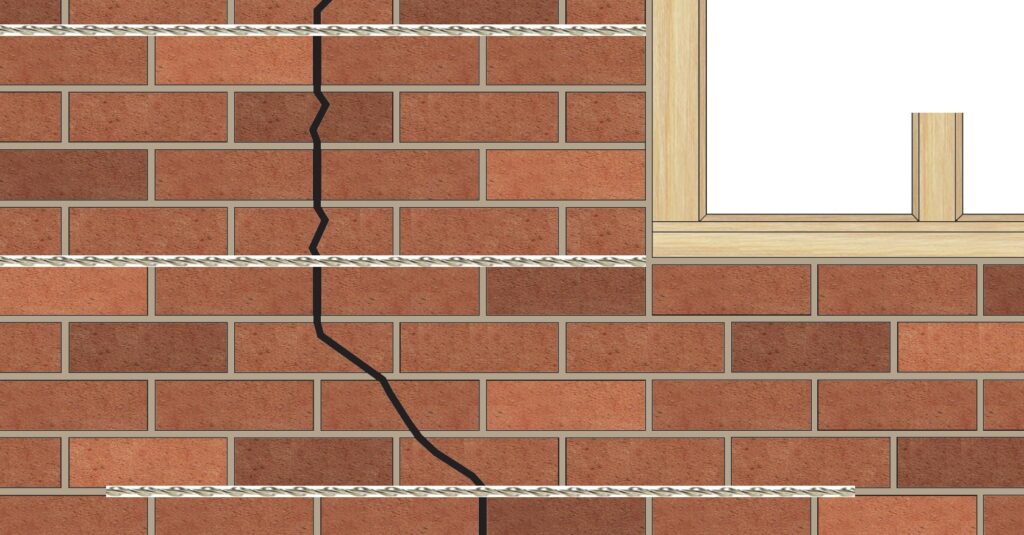Brickwork Crack Repair
Cracked brickwork is generally a sign of a larger structural issue. This can be caused by foundational movement, due to an arch lintel or brick lintel being excessively loaded, poor workmanship or can occur in older buildings. Cracked brickwork can pose a danger, and eventual failure; causing wall collapse or other structural damage.
What are the main causes of cracked brickwork?
The main cause of cracked brickwork is foundational movement:
Subsidence in the supporting foundation or slab will lead to cracks in brickwork, either as a stepped crack, a large crack along mortar beds or vertical cracks in brickwork. For causes of foundational movement, refer to underpinning and slab jacking.
Excessive or prolonged loading of masonry lintels or elements:
If a structures use is altered with additional loading, this can lead to masonry lintel failure.
Poor workmanship:
If brick-ties are not installed properly, or a brick structure is inadequately articulated for minor movements or seasonal expanding/shrinking of masonry, then cracks can form.

Our engineers will do a site investigation to discover the reason for the cracked masonry. The solution will aim to rectify the underlying structural issue prior to cracked masonry attended to.

Once the underlying issue is rectified, and the cracked wall or element position is corrected, then reinforcing locations are identified. Once located, the mortar bed is removed 500mm beyond either side of the crack.

A 6mm flexible steel bar is installed into removed mortar bed. The steel bar acts in tension, and ties the two walls on either side of crack together. Generally 2 rows of reinforcing bar is installed along the height of the crack.

Once installed, the reinforced mortar bed is re-grouted with a high-strength binding grout that bonds to the steel bar, reinforcing the masonry wall.
We expect that masonry stitching should take half a day to a day.
